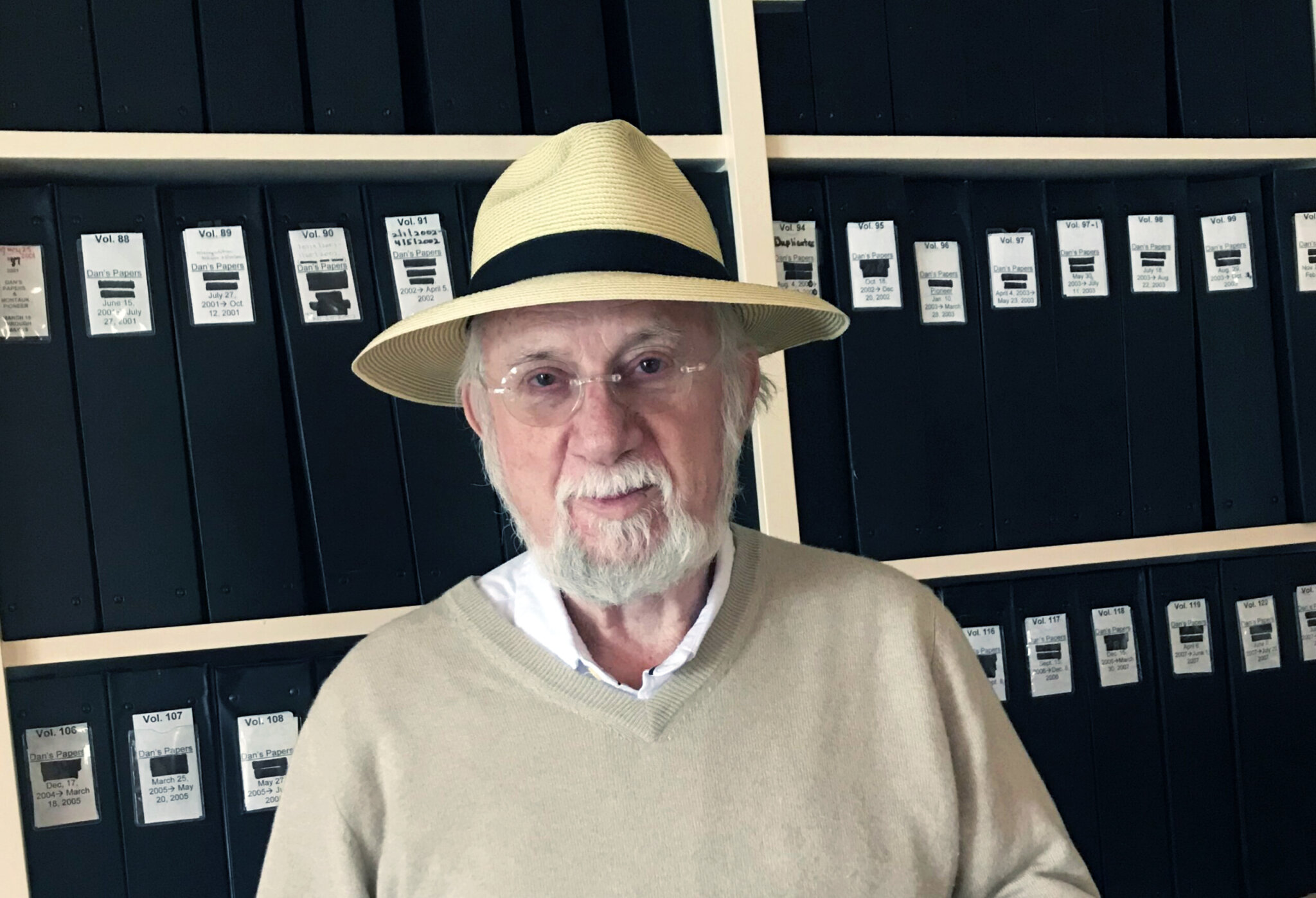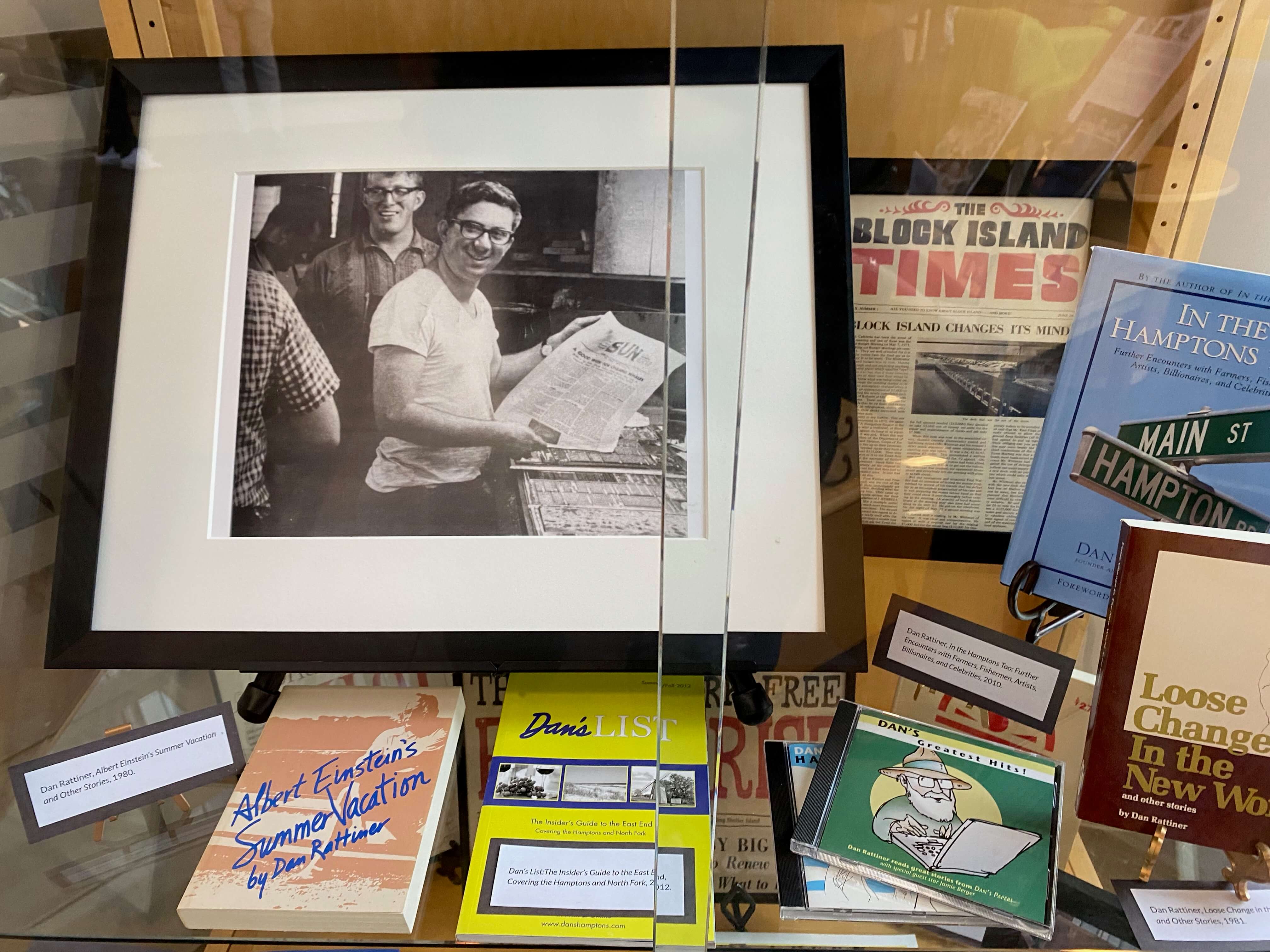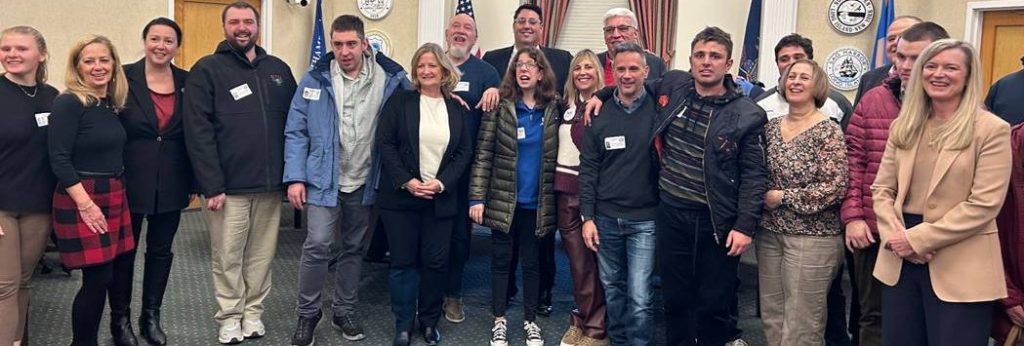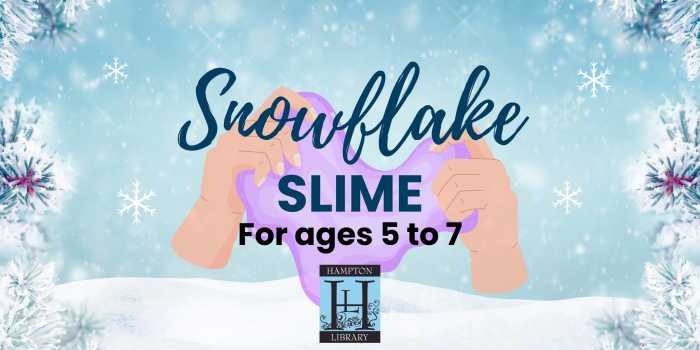Dan Rattiner Discusses Stony Brook Archiving His Life's Work

Efforts are currently underway to create a digital archive of all 60-plus years of Dan’s Papers through Stony Brook University, which was gifted Dan Rattiner’s personal collection of newspapers and manuscripts last year. The school has already raised close to $80,000 for this massive and expensive undertaking, but it needs about $50,000 more to complete the work creating a permanent, searchable archive featuring more than six decades of this seminal local publication and Rattiner’s life’s work.
Stony Brook have already begun the digitization process with the money raised so far, and they plan to make it all available for free and accessible to readers, students and historians both physically and digitally for generations to come.
Rattiner, who founded Dan’s Papers in 1960 and continues to contribute stories weekly, spoke with us about the fundraising effort and why it’s important to him and to Hamptons history.

A Conversation with Dan Rattiner
When did you decide to donate your archive to Stony Brook?
They contacted me, this was three years ago, and asked about it. They had been collecting my papers and manuscripts since 2008 in their permanent collection, and they heard that I had this collection and they wanted me to donate it to the permanent collection, and I said yes.
Was it hard for you to let it go?
I felt good about it and wanted to do it as soon as possible, because although it was in my private home, it’s much safer in a permanent collection.
You’ve always been pretty aware of keeping your legacy together.
I have a thumb drive (around his neck), it’s about 4 megs and it’s everything I’ve written since 1991 and it’s searchable, but it’s my stories not everything in the paper. There’s a whole lot not there. Meanwhile, I had the collection. I’ve been taking the paper home, one issue at a time, since I started. I was very happy to have it at my house just because I’d done it and I was proud of it. I did that every week, so after 63 years, that’s a lot of papers.
What does it mean for you personally to see this happen? Do you think about how you’ll be remembered, things like that?
I think I had a particular vision for what I thought newspapers should be like. It involved being friendly and accurate, but also fun to read. And at the time I started, newspapers were very dry and they followed the old rules of the most important paragraph up front and then the next most important, and the next most important. … If a story is too long, they just go in and cut it figuring that the most important part are already there, so it becomes in a way very difficult to relate to.
What do you imagine readers of this archive will get out of it?
They will be able to see what the Hamptons and the East End were like during the era that it flourished and continues to flourish. … The area has changed so dramatically since 1960 when the first issue was printed.
At that time the area consisted of a very distinct number of different groups, and they were very specifically exclusive to themselves and having their own interests at stake. Those groups included the social set in the Hamptons, the weekend tourists who came to Montauk, the fishermen who came to the docks in Hampton Bays and Montauk, the African American community which resided in several different sections in the Hamptons, the business community, the Bonackers, developers and others. A cacophony of noise…
I felt at the time the art and the literary community overlapped but many of the other communities were very insular, such as the social set. So there was quite a lot of occasion to write about different perspectives on things, and having opinions about things, and some of it was very funny. I enjoyed humor and writing about things in a humorous way.
Do you think Dan’s may have more cultural relevance historically, in a way that’s different from some of the local newspapers of record?
I think one of the attractions of Stony Brook University, which seemed to me to be a perfect place for this, was because it changed so much over time, and also this was the only newspaper that was very successful and at the same time covering the whole community at once.
During this whole era, and even today, there’s no publication of this kind other than Dan’s, particularly over this long haul, that covers the goings on of all these different groups which have mixed and merged over time. …Talk to 10 different people you’ll get 35 different opinions.
So there is a unique perspective to offer scholars and others reading this years from now.
For all of this time, Dan’s Papers was covering every one of these groups. There was no other publication doing that. Besides the fact that they were geographically not covering everything — the social community was separate from the art community, et cetera — the (other papers) were largely after the government, police, local news and other main local groups.
Other publications focused on other groups, but we tried to cover all of it, so you can get a real sense of how one group passed another in size or importance. The rise of the Shinnecocks and all that becomes clear when you look through it from an academic perspective, and that’s unique about Dan’s Papers.
Do you have any final thoughts?
I’ve had a wonderful time doing this, spending all this time doing all this newspaper writing.
To make a tax-deductible gift to the Dan Rattiner Special Collections Fund, visit sbugiving.com/danspapers. For more information about ways to support this crowdfunding campaign, contact amanda.sabanos@stonybrook.edu. And for inquiries about the archive and Stony Brook’s Special Collections, email kristen.nyitray@stonybrook.edu.









